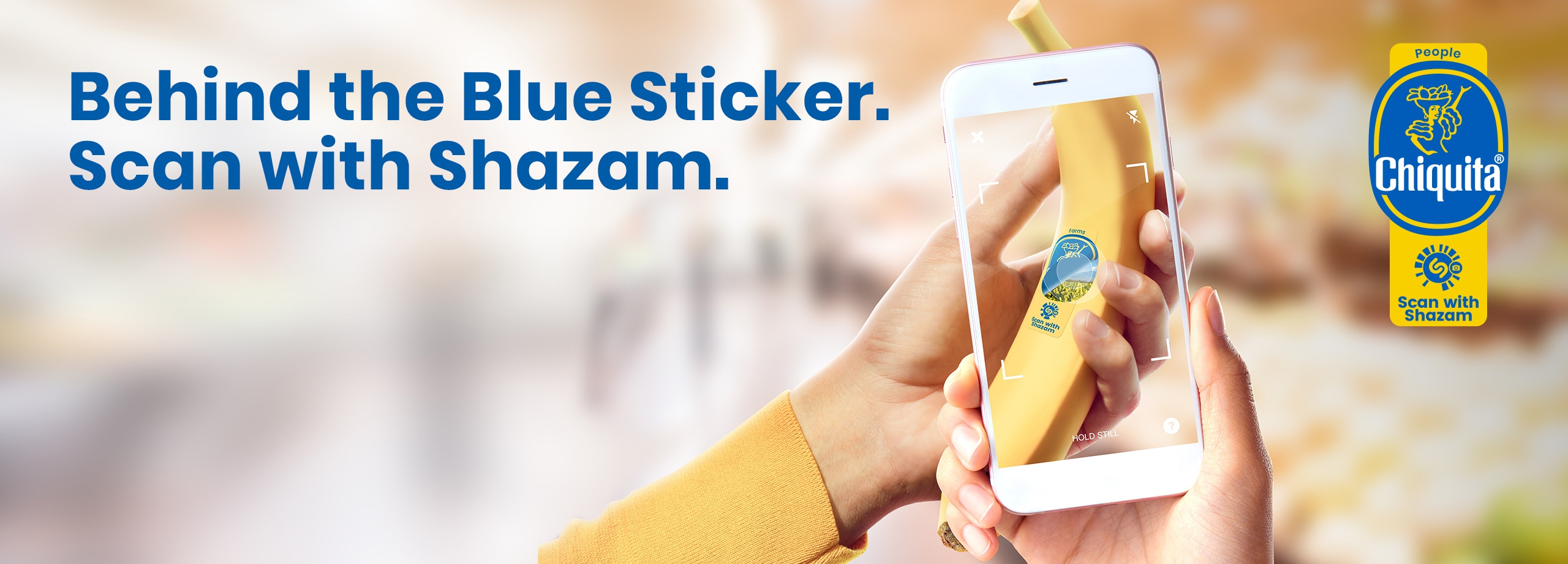In today’s rapidly changing and increasingly digital world, the confidence in printed advertisements seems to be declining at a rapid pace. The downward trend in global spending on print advertising says it all; between 2000 and 2014, the annual spend fell massively from US$67 billion to US$19.9 billion. We’re seeing a reflection of this trend at Geomares too, with print’s revenue share dropping from 88% in 2013 to 60% in 2017. Does this mean that the end of print advertising is near? Or does it actually offer opportunities to set yourself apart by advertising in print?

Benefits of advertising in print
Let’s get straight to the point: at Geomares we are convinced that print advertising should not be underestimated, and that it is actually a very effective method to achieve a great return on investment (ROI). Print offers a number of unique advantages that other marketing channels simply can’t compete with:
- Print reaches a better focused audience
- Print converts better
- Print builds trust
In addition to these points, there are many other reasons why advertising in print should be a part of your marketing strategy. For instance, print and digital reinforce each other, especially when it comes to building brand awareness. A good combination of both ensures that you are seen regularly and therefore stay top of mind among your target group. Furthermore, the lifetime of a print ad is often much longer than its digital counterpart. Some people open and read a magazine as soon as they receive it, whereas others take a week or more to get round to reading it. Besides that, trade journals are often circulated internally and read by several colleagues, so it may take longer before you reach the entire readership. This means that you should measure the effect of your campaign over a longer period of time to analyse the real results.
Print reaches a better focused audience
In a previous blog we discussed five reasons why advertising in print works. One such reason is the fact that readers can focus better, with less risk of disctraction or multitasking. A magazine has no pop-ups, no incoming emails, no reminders from your online calendar and so on. Another important reason why print readers are better focused is their mindset. The choice to read a magazine is a very conscious decision, so people take the time to focus properly on what they are reading.

Print converts better
The CMO Council reports that 79% of people take action after seeing print ads, compared to only 45% after seeing digital ones. Incidentally, that doesn’t mean they will take action after their first exposure to a brand or product; print-based marketing still requires a little patience! In addition, advertisements that are seen in print will be better remembered, which of course is associated with the higher level of focus and less distraction.
Print builds trust
People choose which magazines to read for a reason; readers trust the publication, its contents and they know what to expect. Readers of printed magazines do not want to be short-changed in terms of the information presented, and they trust the publisher to treat them with respect. As an advertiser you can benefit from this, because this trust also reflects on you! You’ve passed the publisher’s ‘inspection’, which benefits the credibility of your brand. This credibility can then be extended into other marketing channels too, such as digital advertisements, so print can support your digital campaign in a positive way. Another important reason why digital ads are trusted less than print ads is the risk of spam and viruses. No matter how credible an online banner may look, you can never be 100% sure of the advertiser’s intentions and the website that it will take you to when you click on it.
Does print advertising have a future?
Yes, of course! The above-mentioned benefits will certainly ensure that print will remain a part of the marketing mix for a very long time. Classic ad positions such as the front or back cover and formats such as full, half or quarter pages have been around for years, but there is plenty of room for innovation. Just imagine how techniques like augmented reality and virtual reality could affect the world of printed media. For example, many Chiquita bananas now feature a sticker displaying the Shazam logo. The consumer simply scans the logo in the Shazam app on their smartphone to be taken on a virtual tour about the production of Chiquita bananas. Another good example of the development scope for print is the increasing use of the QR code.

Source: https://www.chiquita.com/discover/blue-sticker
Would you like to know more about our possibilities to advertise in print? View the print advertising page or contact one of our marketing advisors.



